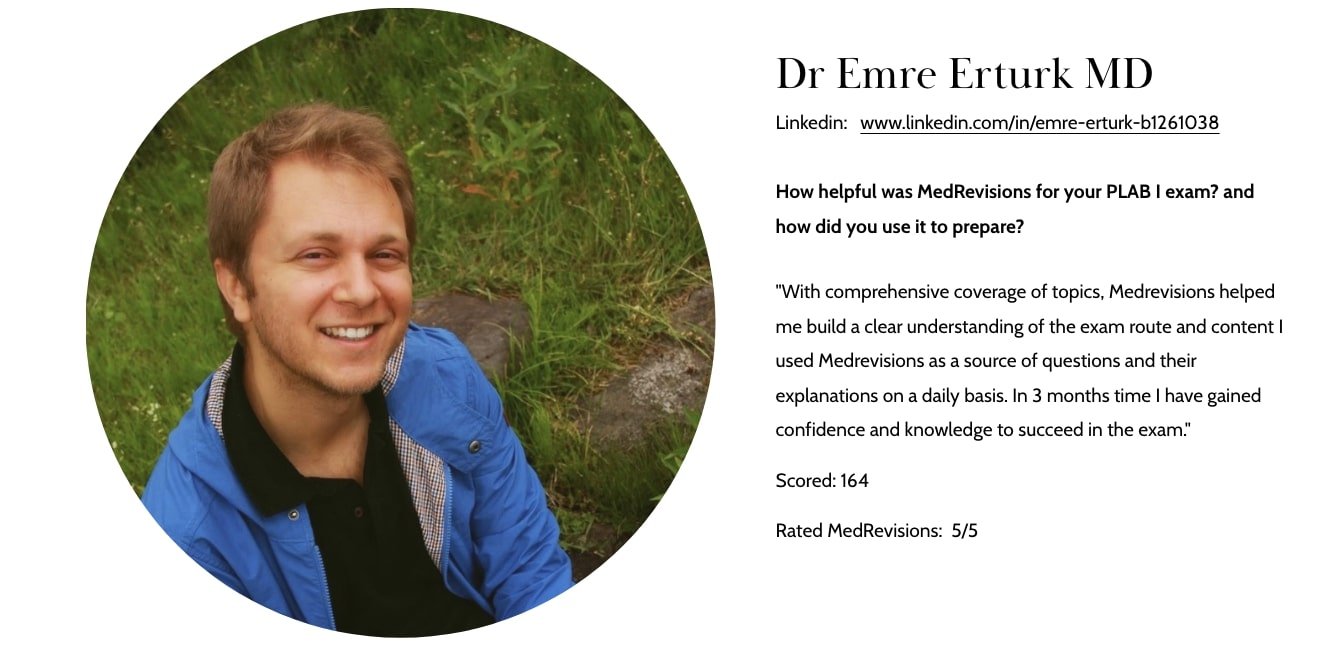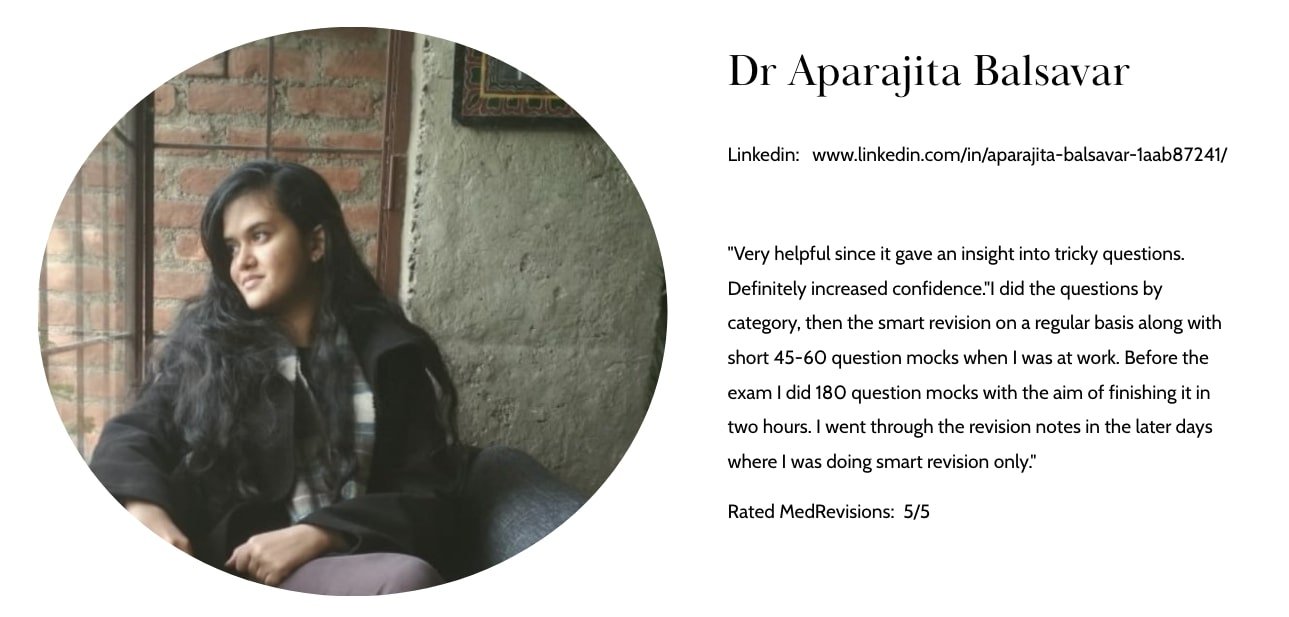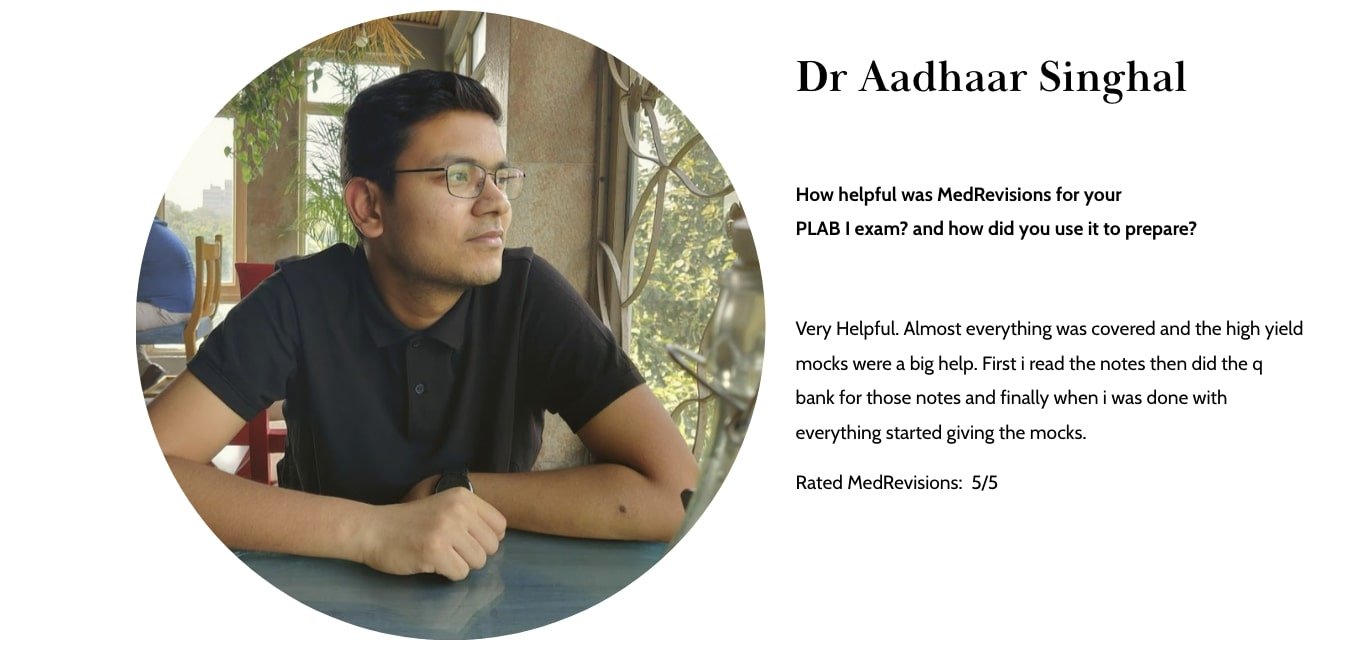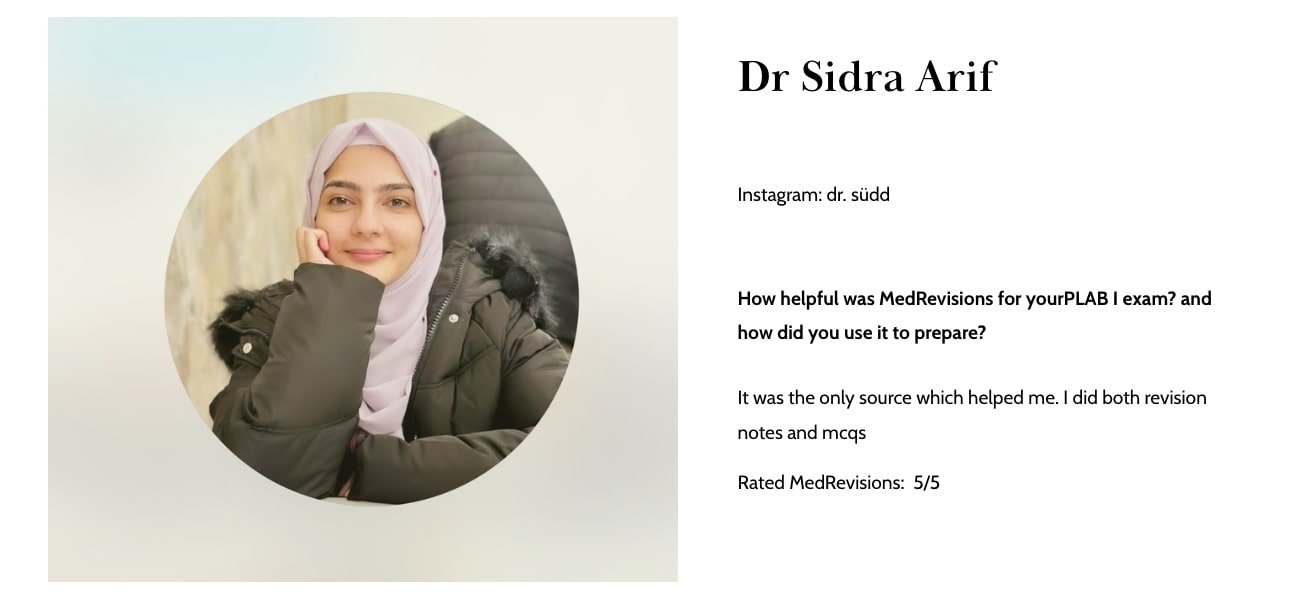Slipped Capital Femoral Epiphysis (SCFE) – A High-Yield UKMLA/PLAB Scenario (February 2025 Exam Question) 🦵
Essential Insights for Medical Licensing Exams: Recognising SCFE and Its Emergency Management
Slipped Capital Femoral Epiphysis (SCFE), also known as Slipped Upper Femoral Epiphysis (SUFE) in the UK, is an orthopaedic emergency that requires prompt diagnosis and immediate surgical intervention. This article breaks down a high-yield paediatric orthopaedic scenario from the February 2025 PLAB 1 exam, covering the latest NICE guidelines on hip pain in children. Understanding SCFE management is crucial for UKMLA, PLAB, and other medical licensing exams.
📚 PLAB 1 Exam Case Scenario
A 14-year-old boy presents to the Emergency Department with a 2-day history of worsening right hip pain. The pain started after getting out of bed and has gradually worsened. He is unable to bear weight and his parents report a recent change in his walking pattern, describing it as a "waddle."
He is obese, with a BMI in the 98th percentile for his age. On examination, there is restricted internal rotation of the hip, and passive hip flexion results in external rotation of the leg.
X-ray of the pelvis confirms posterior displacement of the femoral head relative to the femoral neck.
What is the most appropriate next step in management?
A) Physiotherapy referral
B) Dietary advice and weight loss counselling
C) Same-day referral to orthopaedics
D) MRI of the hip
E) NSAIDs and close observation
Answer with an explanation is provided below.
Our content is updated to align with the MLA content map
〰️
Our content is updated to align with the MLA content map 〰️
Resources for PLAB/UKMLA
Recent Updates to PLAB 1 Exam Format: Is the exam tougher post-MLA content map changes? Find out here.
MedRevisions Success Stories: Hear from past candidates who passed on their first attempt. Learn more.
Free PLAB/UKMLA Sample Questions: Sign up today for 20 free questions with revision notes.
Preparation groups for exams
Find the 10% discount referral links in the groups
All about the UKMLA or PLAB exam:
Important update to the PLAB exam: Is the PLAB exam based on the MLA content map from August 2024 onward? Find out more about the change and how to prepare for it here.
Evolving Nature of PLAB 1 Exam Questions: Is the exam getting tougher? A Closer Look with examples
What Past PLAB 1 candidates say about us (with exam results)
✅ Correct Answer: C) Same-day referral to orthopaedics
Check out these updated study notes in the demo questions and in the library section and get access to the contraception note for FREE. These new study notes will soon replace the existing revision notes entirely.
Clinical Reasoning and Explanation
Clinical Reasoning and Explanation
SCFE occurs when the femoral head slips posteriorly and inferiorly relative to the femoral neck through the growth plate (physis).
🛑 Why This Is SCFE?
✅ Age (14 years) – Peak incidence occurs in adolescents aged 10-16
✅ Obesity – Major risk factor due to increased mechanical stress on the growth plate
✅ Pain with inability to bear weight – Suggests unstable SCFE, requiring urgent stabilisation
✅ Waddling gait – Chronic compensatory gait change seen in SCFE
✅ Obligatory external rotation with hip flexion – Pathognomonic for SCFE
🏥 Urgent Orthopaedic Referral Is Essential
🌟 SCFE is a surgical emergency if unstable. Delayed treatment increases the risk of:
Avascular necrosis (AVN) of the femoral head 🦴
Chondrolysis (cartilage degeneration) 🚨
Early osteoarthritis and long-term disability
🚨 Immediate management involves:
Non-weight-bearing status (strict bed rest) 🛏️
Urgent hospital admission
Surgical stabilisation with screw fixation 🔩
❌ Why the Other Options Are Incorrect
A) Physiotherapy referral
Physiotherapy may be useful after surgery for rehabilitation, but it is not appropriate as an initial step for suspected SCFE, which requires urgent surgical intervention.
B) Dietary advice and weight loss counselling
Although obesity is a risk factor, weight loss advice does not address the acute orthopaedic emergency. Long-term weight management is important, but surgery is the priority.
D) MRI of the hip
Imaging is already diagnostic from the plain X-ray, which is usually sufficient. MRI may be considered in atypical cases or to assess avascular necrosis post-surgery. It is not required initially when plain films confirm SCFE.
E) NSAIDs and close observation
This would be inappropriate as SCFE requires urgent surgical stabilisation, not conservative management. Delaying treatment would increase the risk of permanent damage.
🏥 SCFE Management – UK Guidelines (NICE CKS: Hip Pain in Children)
StepAction
1️⃣ Confirm DiagnosisPelvis X-ray (AP + Frog-leg lateral view)
2️⃣ Immediate ManagementStrict non-weight-bearing + Urgent orthopaedic referral
3️⃣ Surgical FixationSingle screw percutaneous fixation (stabilises epiphysis)
4️⃣ Monitor for Bilateral Involvement40% of cases are bilateral—prophylactic fixation may be considered
5️⃣ Long-term Follow-UpMonitor for avascular necrosis, chondrolysis, early osteoarthritis
🎓 Free High-Yield PLAB 1/UKMLA Questions & Notes
🚀 Want free access to more exam-style questions like this?
📲 Sign up now at MedRevisions.com and unlock 20+ free PLAB 1/UKMLA questions with in-depth explanations.
🚀 Why Choose MedRevisions for Your PLAB 1 & UKMLA Prep?
✅ 5000+ High-Yield Questions tailored to the UKMLA Content Map
✅ Comprehensive Notes based on NICE & GMC guidelines
✅ Realistic Exam Mocks to simulate PLAB & UKMLA conditions
✅ Spaced Repetition Learning Tools for better retention
✅ Expert-Curated Resources that stay updated with latest guidelines
👩⚕️ Trusted by Past PLAB Candidates
Hundreds of doctors have passed PLAB 1 and UKMLA with MedRevisions. See their success stories and verified results on our website.
📌 Join the community – Your path to UK medical practice starts here!
🔗 Sign up for free now at MedRevisions.com
🎓 New Study Essential Mode For PLAB 1/UKMLA exam
For Focused, efficient, targeted learning for PLAB and UKMLA exam
This update gives you the freedom to prepare for your exam in a short time and cover the syllabus with around 1800+ questions and our updated notes. Then leverage the remaining 3000+ exam-style questions and solidify your concepts. Know how to use it from the link below and get access to the most updated and reliable exam-like materials. Learn more about the Study Essential Mode
This is a high-yield exam PLAB 1/ UKMLA question-style question. At MedRevisions, We provide questions and not only explain the correct answer, we also explain the wrong answer so you will have a comprehensive understanding of the concepts that is commonly tested in the exam. On top of that, we also provide you PLAB 1 / UKMLA exam curated notes with no additional cost.
To discuss to more PLAB or UK-MLA exam questions, Join: PLAB 1 /UKMLA exam study group
At MedRevisions, we strive hard to provide the most up-to-date content available for PLAB Part 1. We constantly add exam-style questions derived from the most recent exam and also update the content to align with the latest NICE/CKS guidelines to ensure doctors pass PLAB Part 1 or UKMLA exam with ease in ONE attempt.
Past PLAB 1 candidates reviews about MedRevisions
How to use MedRevisions effectively for the PLAB 1 exam/ UKMLA exam preparation
👩⚕️ Trusted by Past PLAB Candidates
Hundreds of doctors have passed PLAB 1 and UKMLA with MedRevisions. See their success stories and verified results on our website.
📌 Join the community – Your path to UK medical practice starts here!
🔗 Sign up for free now at MedRevisions.com






